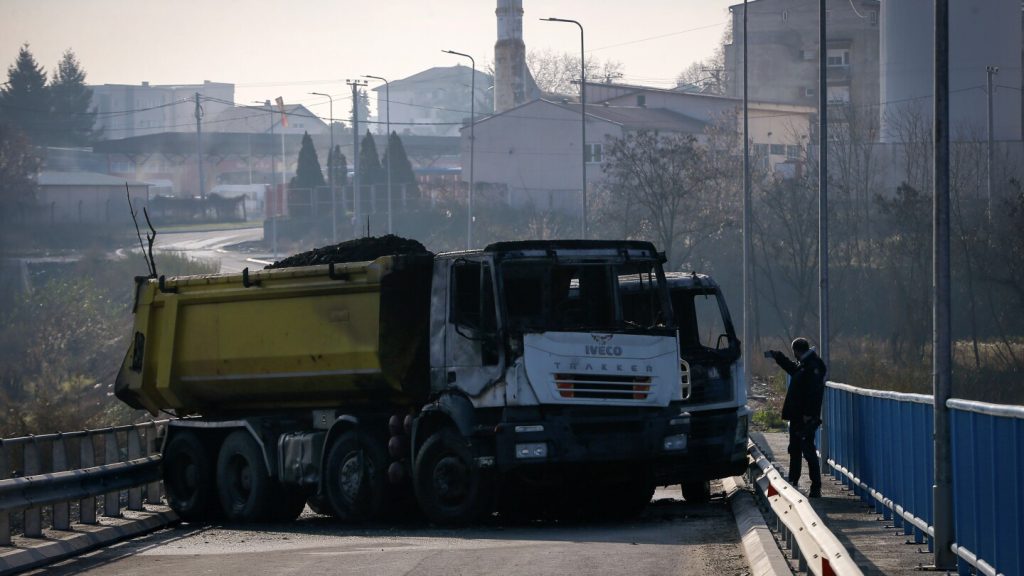Kosovo’s Prime Minister Albin Kurti is pushing for the full reopening of a bridge in the divided city of Mitrovica, which has been closed to passenger vehicles for over a decade. The bridge separates a Serb-dominated north from an ethnic Albanian south, and tensions have been high due to fears of ethnic cleansing. The Western powers are concerned that reopening the bridge to passenger vehicles could increase interethnic conflict in the region. Kosovo’s government, however, emphasizes that the reopening is about promoting freedom of movement, the rule of law, and peace and security.
The NATO-led Kosovo Force peacekeepers, known as KFOR, have also expressed concerns about the potential implications of reopening the bridge without proper coordination and dialogue. KFOR has increased its presence along the Kosovo-Serbia border in response to last year’s unrest in northern Mitrovica. The United States, along with other Western powers, has called on Kosovo to refrain from opening the bridge to vehicle traffic at this time, citing the risk of violence and threats to peace and security in the region. U.S. Ambassador Jeffrey Hovenier emphasized the need to avoid actions that could escalate tensions and pose risks to both the local population and KFOR soldiers.
Kosovo’s relationship with Serbia remains tense, and the normalization talks facilitated by the EU have made little progress. The shootout last September between masked Serb gunmen and Kosovo police further strained relations between the two sides. The EU and the U.S. are urging both Kosovo and Serbia to implement agreements reached by their respective leaders in February and March of last year. There is a clear push for dialogue and cooperation to prevent further violence and instability in the region.
The reopening of the bridge in Mitrovica is a sensitive issue that highlights the deep divisions and unresolved tensions in Kosovo. Ethnic Serbs in the north see the bridge as a protection against ethnic cleansing, while Kosovo’s government views it as a symbol of normalcy and free movement. The conflicting perspectives and fears around the bridge demonstrate the complex challenges facing Kosovo as it navigates its post-war reality and strives for stability and reconciliation.
While Kosovo seeks to assert its sovereignty and promote normalcy by reopening the bridge, the concerns raised by Western powers and peacekeeping forces highlight the delicate balance between security and freedom of movement. The need for dialogue, cooperation, and adherence to agreements between Kosovo and Serbia is crucial for preventing further violence and ensuring lasting peace in the region. It is clear that the reopening of the bridge is not just about physical infrastructure but also about the symbolic and political significance it holds for all parties involved.


